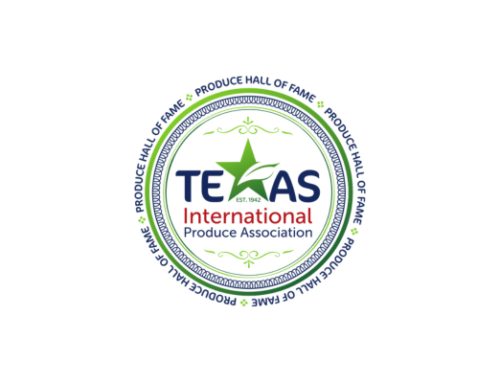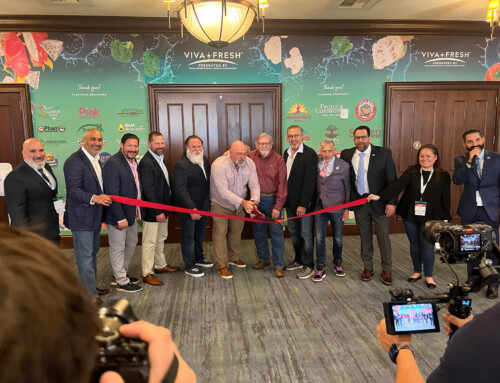Mission, Texas: April 24, 2020: After nearly 10 months of international collaboration between stakeholders, researchers and government officials in both the US and Mexico – the Texas International Produce Association (TIPA) and United Fresh Produce Association (UFPA) are pleased to announce the release of the “Food Safety Best Practices Guide for the Growing & Handling of Mexican Papaya, First Edition.”
“This has been an industry-driven, government-supported endeavor since the first days of the project,” says Dante Galeazzi, president and CEO of TIPA. “Following the outbreak in summer 2019, the largest US handlers of Mexican-grown papayas realized they needed to come together to address the issue. We had several meetings and identified an opportunity that would be both impactful and achievable in a short period of time – improving protocols and practices for the growing and handling of papayas.”
Although the papaya industry in Mexico is and was adhering to common guidelines (ie. GAPs, SENASICA’s SRRC, FDA’s Produce Safety Rule, and third-party audits) additional, commodity-specific measures were desired, similar to the approaches taken by the tomato and leafy greens industries. The idea was to create a document that aligned the entire growing and packing industry of papayas in Mexico under the same food safety protocols. And once that document was created, it would be distributed, for FREE, to that same industry.
“We knew this project required expertise in the field of food safety,” shares Galeazzi. “That’s why we reached out to Dr. Jennifer McEntire with the United Fresh Produce Association.”
“It’s encouraging and motivating to be part of such a collaborative effort. To see this large, diverse group- including FDA, USDA ARS, SENASICA, industry workgroups, other trade groups, the academics – participate in so many meetings and with a sense of urgency- it really speaks to our collective commitment to address the supply chain’s concerns and provide support by creating this document.” said Dr. McEntire. “Now, we must maintain momentum, encouraging education, implementation, and verification. Moving forward, we’ll utilize forthcoming research to improve this manual and the effectiveness of the best practices outlined herein.”
On April 14th, 2020, TIPA and UFPA hosted a final document review with sessions in English and Spanish. Participants included Mexican and US stakeholders, Mexican and US government officials, as well as Mexican and US university researchers.
“As a grower, packer, importer and distributor of papayas from Mexico, I cannot begin to state the importance we felt as an industry in getting this document together and distributed quickly.” explains Juan Carlos Martinez, CEO of Chula Brands. Lance Peterson of SuperStarr adds, “We want consumers to have confidence in our products the way we do, and we felt creating a higher standard for our industry was a necessary action. I am pleased with this document and I look forward to working with the many incredible partnerships we’ve built over the course of this project, especially as we take the next steps.”
The next step for the project will be training seminars. Educational courses on the document will be conducted in Spanish and targeted at growers and packers of papayas in Mexico. Planning and development is already underway for the education portion, and training is tentatively scheduled to begin via live virtual instruction in the next 30 to 60 days.
For more information about the “Food Safety Best Practices Guide for the Growing & Handling of Mexican Papaya, First Edition,” download the Papaya Best Practices in English or Spanish.




